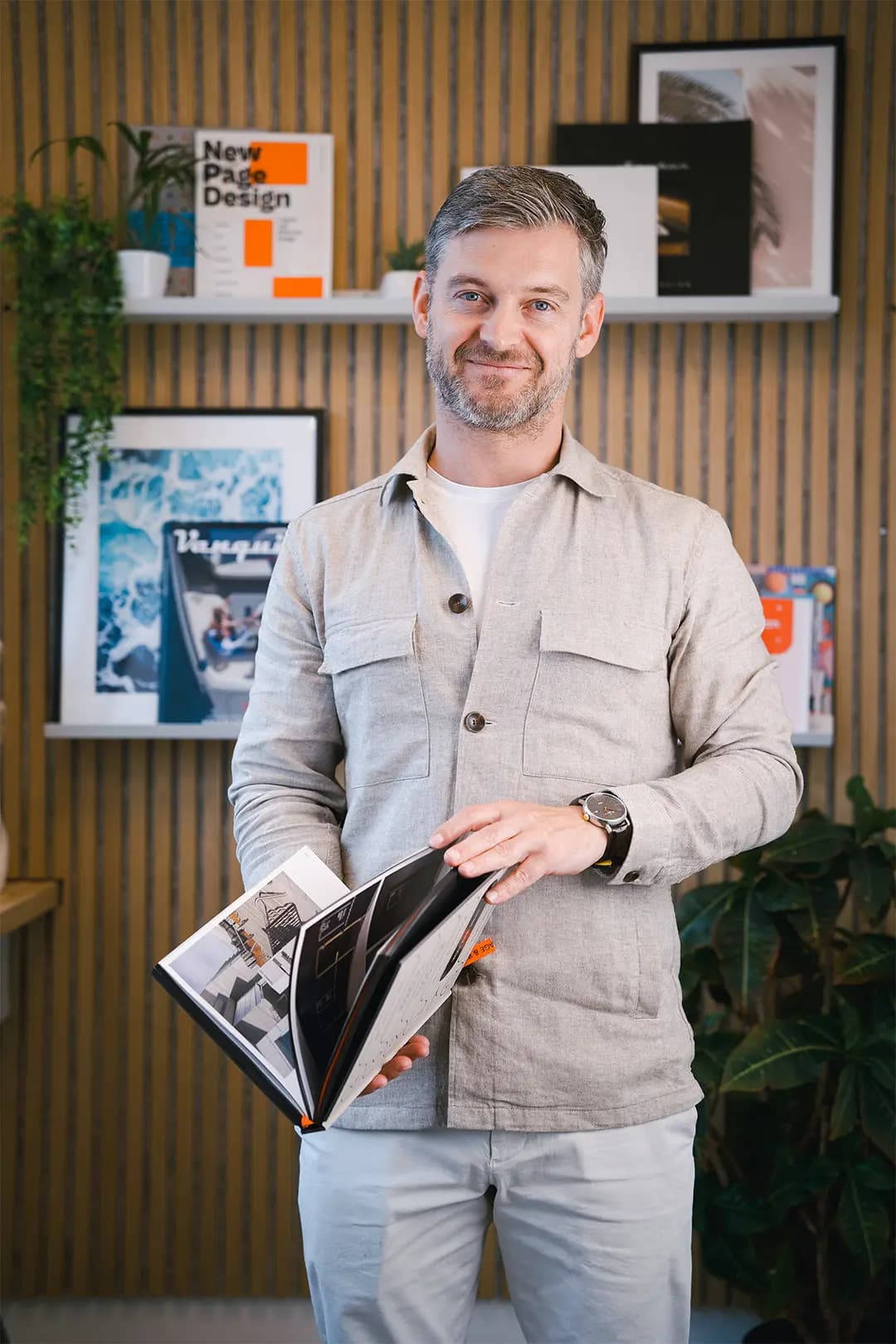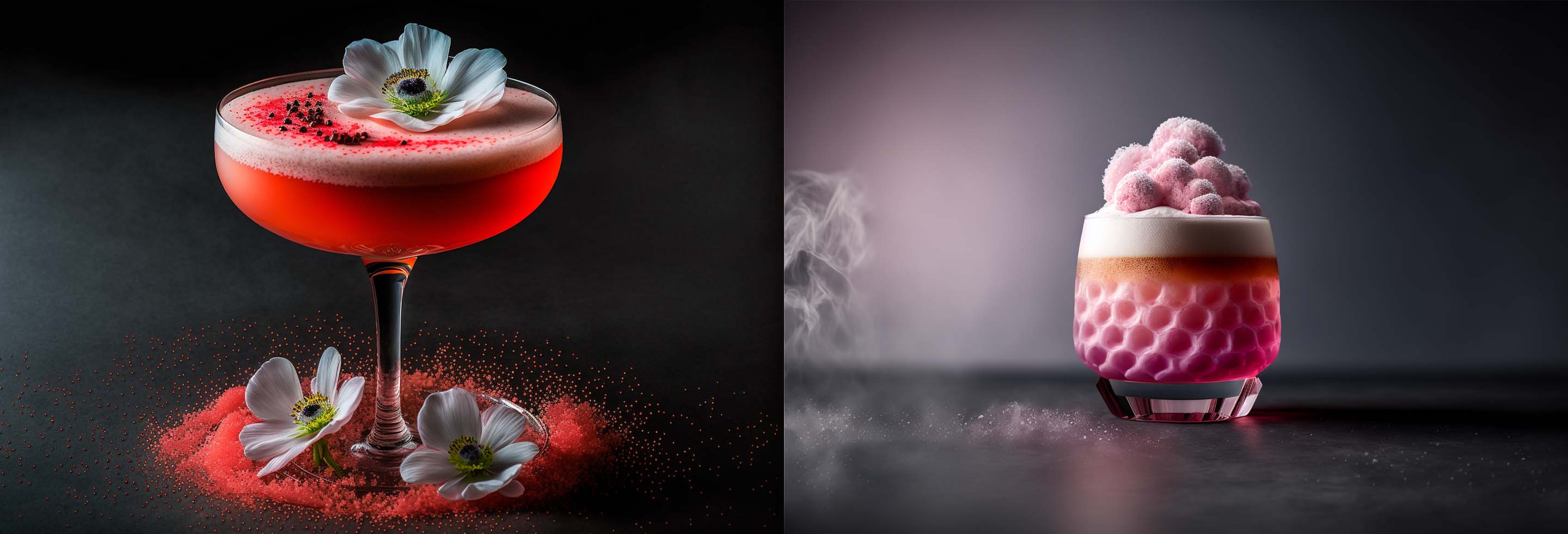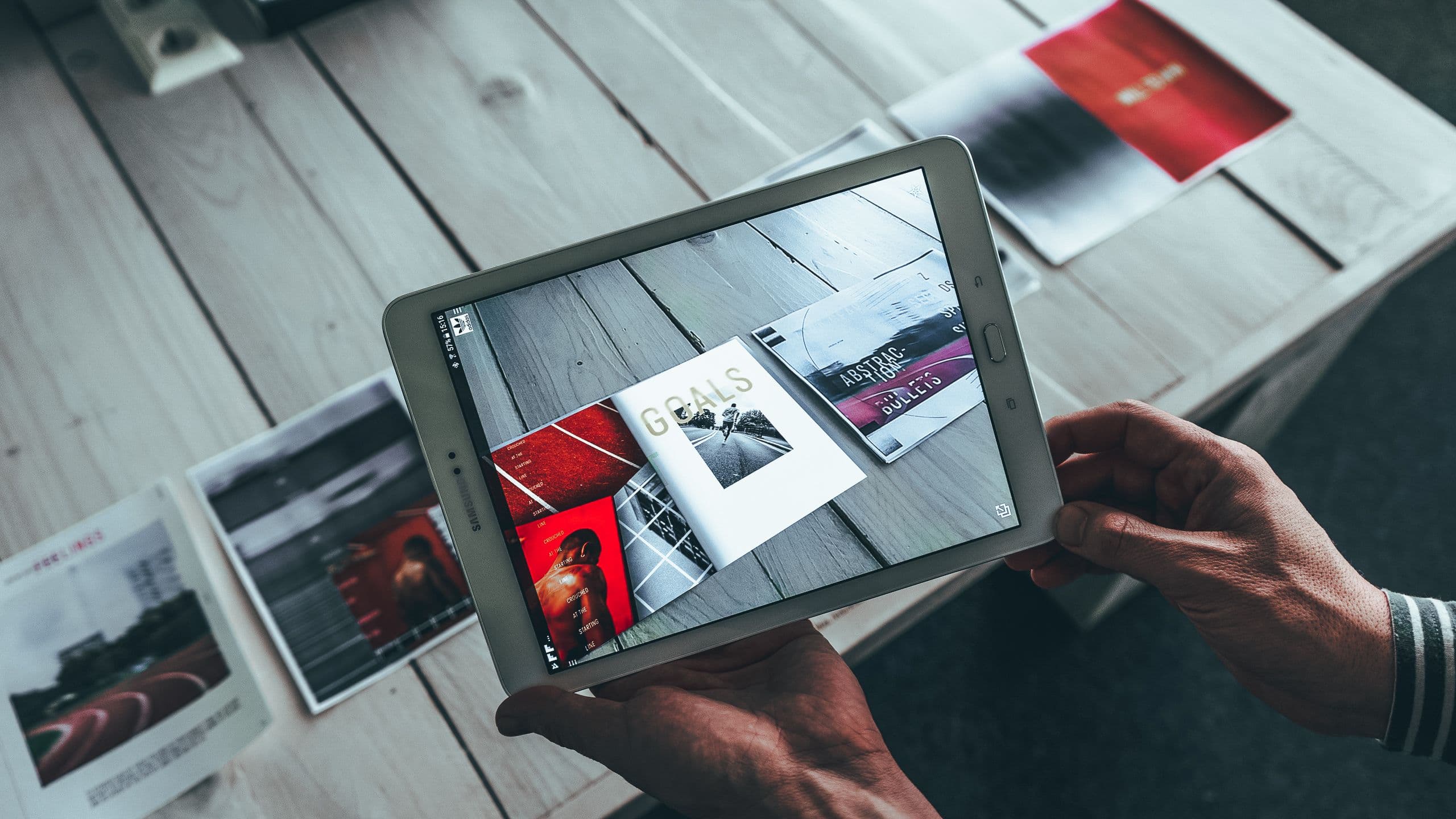The Ai revolution & the Turing test

Would you like to know more?
Get in touch with Simon
Stay Connected
Curious about how branding and consumer psychology intersect? Subscribe to our newsletter for expert insights and strategies built around our core service pillars: identity, development, and 3D & Ai technology. Let’s help your brand forge deeper connections.
Will Ai take over your job?
For many years, the industry has thought that creativity is the last part of a job that Artificial Intelligence (AI) will take over. All parts of an industry are being done by robots: building cars, doing the dirty work and heavy lifting, and repeating tasks. Creativity was only for people.
But now it seems that this is no longer a valid claim. The explosion of AI machine learning, and training is amazing. In just a matter of months, the whole horizon has changed. You can make an amazing painting with AI; you can even chat with AI! ChatGPT has already reached 1 million users in five days (where most big players like Netflix and Airbnb took years to reach such a big audience). Are these tools an extension of our production? We think so. They won't replace creative professionals; they will just make them work faster. Just like in any revolution there's an exciting moment where everybody thinks "wow this is going to change everything!". Only for a brief moment does everyone make baby Marvel faces and put Samuel L Jackson as RJD2 into a scary series (or whatever other example fits your niche). And then, only people who can really make use of the new invention will keep using it.
Turing test
It is no secret that artificial intelligence is the future of business. The Turing Test is a way for computers to pass as humans, and people are no longer able to tell when they are communicating with a computer or real person. This means that chatbots are becoming more and more advanced, so much so, that you'd be hard-pressed to tell the difference between a chatbot and a real human.
But this raises some interesting questions: if we can't tell the difference between humans and machines, what does it mean for our relationships? What happens when we have feelings for something that isn't real? And if we can't tell who's real and who isn't anymore, will that have an impact on the fact that in the creative process we use machines to improve and speed up our work?
The thing is, all these questions are based on one assumption: that artificial intelligence is somehow different from us. But why should it be? AI has been around since the 1950s, when Alan Turing first proposed his test. Since then AI has been used in many different ways, from controlling missiles to making cars drive themselve. But all of these uses rely on the same basic principles: learning from experience (or "training") and making predictions about future events based on historical data (or "inference").
In order to understand the role of artificial intelligence in art and creativity, we have to first understand what it means to be creative. The dictionary defines creativity as "the process or result of making something in a new or original way." This definition is broad enough to encompass all kinds of creative endeavors, from writing poetry to sculpting clay figurines and everything in between.
Artificial intelligence is a technology that mimics human thought processes and behaviors by applying algorithmic rules to processed data. It learns from experience, just like human beings. It can be used for everything from face recognition software to self-driving cars. AI's ability to learn and adapt makes it an ideal tool for many industries where people traditionally performed tasks manually—such as art creation.
Artistic creation is often thought of as an act of spontaneous genius: artists are said to create beautiful works out of thin air, without any formal training or prior knowledge. However, this is not true! All artists have studied works by other artists throughout history before creating their own works; they have learned techniques from other painters or musicians, and practiced those techniques until they perfected them. In the meantime they experiment with applying those techniques in their own unique ways.
While it is true that some people are born with innate talent, e.i. they can handle tasks better than all others with limited training, most of us will not have that luck, not even in multiple lives.
Artificial intelligence is a tool that can help you do your job better. it is not a replacement for creativity, but rather, it is a tool that can help you be more creative.
We have already seen how AI can be used to create better art and music, but it also has the potential to help you do your job better. If you are a copywriter, AI can help you write more engaging content by learning from the best examples. If you are a 3D artist, it can help you design more realistic environments and characters by using thousands of real-life examples to train its algorithms. If you are an UX or UI designer, AI can help you create more intuitive interfaces by analyzing the most successful ones in use today. And if you are a brand designer, photographer or digital painter… or, basically anyone who does any kind of creative work, you could benefit from using artificial intelligence to make your life easier!
Artificial intelligence is still considered a new technology, but it is only going to get better as time goes on. And as it improves and matures, it will continue to be used in ways we never thought possible; ways we can't even imagine yet!
Ai will not take over your job, but a person using Ai will.

Audio Branding 2.0: Composing Sonic Identities That Linger in the Mind’s Ear
Read this article

Cultural Resonance KPIs: Measuring Emotional Impact, Not Just Conversion Rates
Read this article

Predictive Brand Narratives: Shaping Tomorrow’s Conversations Today
Read this article
